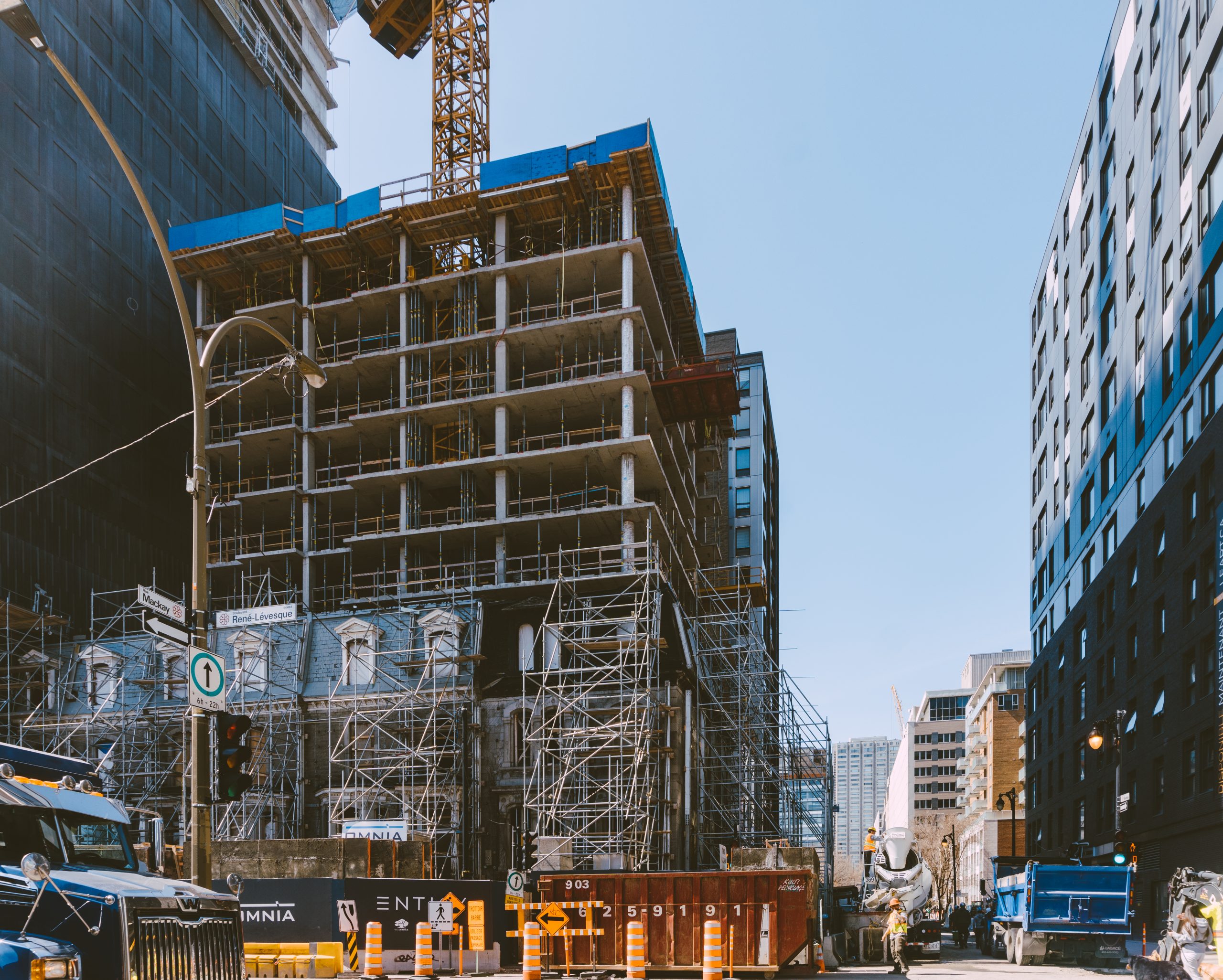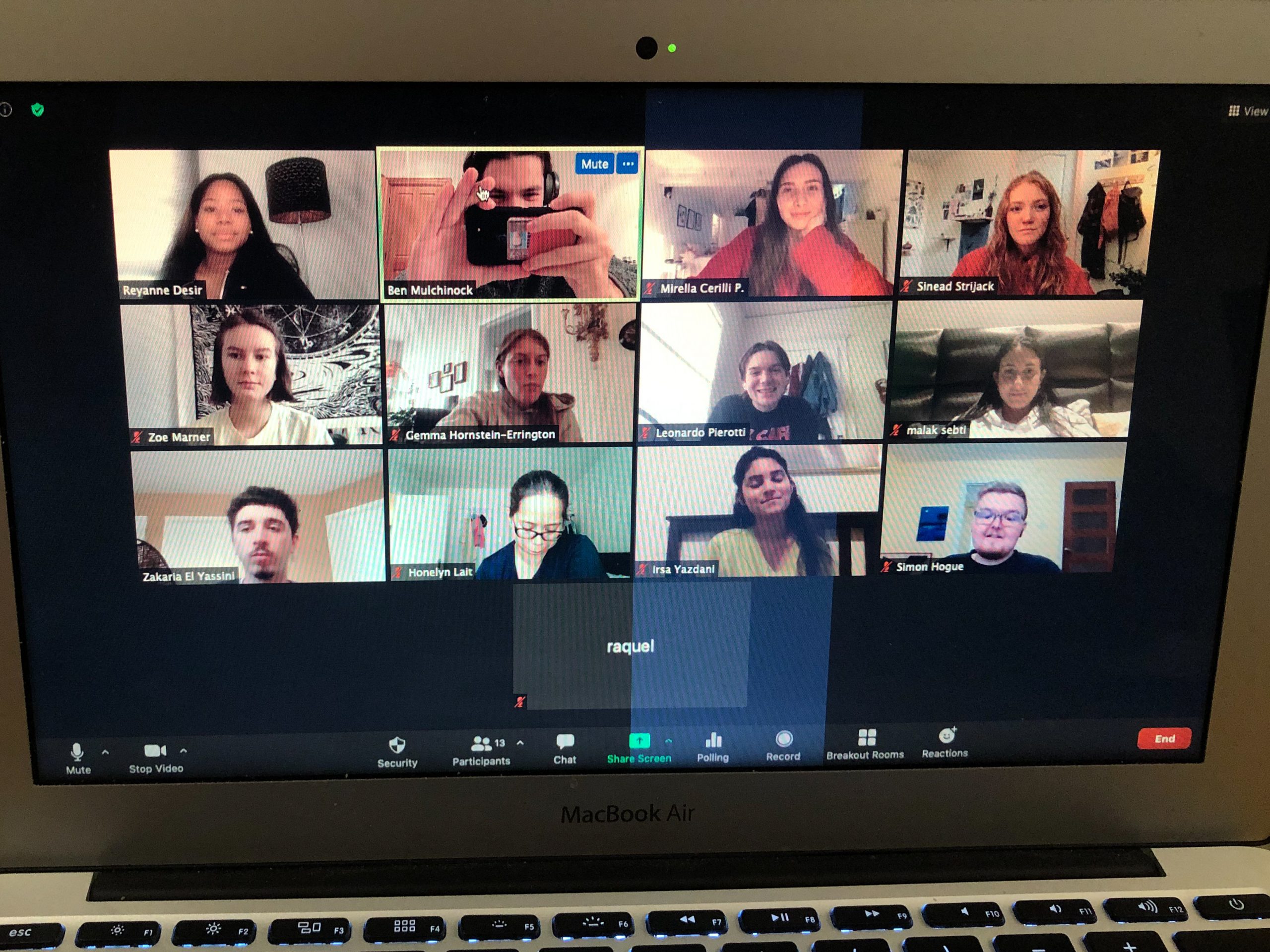Professor Wendy Wasliuk had just finished trying to convince a class of undergraduates at the University of Winnipeg that there was a rational explanation for the negative changes in Aboriginal women’s role in the last 500 years, when an agitated young aboriginal woman raised her hand. “But what about your role here at the university?”
Some years later Professor Wasliuk, a Dene woman from Northern Saskatchewan, based on that one question, began to do research aimed at documenting the history of the role of aboriginal women in Canada.
One late evening she came across an article that revealed a story about an aboriginal woman who was respected in her village and was a part of the social fabric.
The sudden impact of how things have changed over time saddened her.
Walsiuk, 42, who lives in Winnipeg with her three daughters and husband today teaches Aboriginal women’s rights, and also coordinates a healing lodge for Aboriginal women.
Wasliuk has always been a strong supporter of Aboriginal women’s rights.
Her research led her to believe that the rights of the Aboriginal woman were once revered.
“At one time Aboriginal women did not have to worry about child custody and access to land,” she said in a telephone interview.
“Women shaped the social structure and held decision-making power. Every family member held important responsibilities in the well being of children,” she says.
“It was an honour and privilege to have such significant roles in a child’s life, so everyone took their responsibilities very seriously.”
“Today in 2003,” she sadly adds, “things are very different for Aboriginal women. Colonization has stripped Aboriginal women of every conceivable right.”
The onslaught of colonialism focused its most crushing and long oppression on Aboriginal women, dealing them a triple blow.
Aboriginal women lost their position of high esteem first to the dominant power of the colonizing forces which reduced both aboriginal men and women to almost non-status, then they lost it to the dominant hierarchy of the European patriarchal system.
Over time, Aboriginal women were brought down to the general subservient position held by European women, and lastly they lost it in their own nations through the abolition of traditional forms of governance and social decision making, which relegated them to the lowest social rung in their communities.
Wasliuk adds that many of the aboriginal leaders have bought into the patriarchal European structure (The Indian Act) and have chosen sexist and misogynist beliefs on which to model band rules and policies.
According to Wasliuk, compared to non-Aboriginal Canadian women, Aboriginal women fair worse in many areas. According to an Aboriginal Canada study, in 1996, the female First Nations Canadian population was 408,140; nearly 42 per cent of those are between the ages of 0 to 19.
Life expectancy for Aboriginal women is 76.2 years versus 81.0 for non-Aboriginal women. Aboriginal women also experience higher rates of circulatory problems, respiratory problems, diabetes, hypertension and cancer of the cervix than the rest of the general female population.
Mortality rate due to violence for Aboriginal women is three times the rate experienced by all other Canadian women.
For Aboriginal women in the 25 to 44 age cohort, the rate is five times that for all other Canadian women.
Suicide rates remain consistently higher for the Aboriginal population than the general Canadian population as a whole, in almost every age category. Over a five-year span (1989-1993), Aboriginal women were more than three times as likely to commit suicide than were non-Aboriginal women.
But according to Mabel Nipshank, a Metis woman of Cree and French descent from Northern Alberta, it isn’t all about the differences in culture, but how women are treated within their own culture, particularly the Indian Act that does not deal with family law matters or women issues.
“Women make their requests to stay in the family home to the band council, Council of Elders and Chief, who have their own set of rules,” she says.
The patriarchal structure of most band policies and procedures entitles property rights to the head of the family.
Nipshank has been a volunteer and counseling co-ordinator at Battered Women’s Support Services in Vancouver since 1997, and is also a member of the Aboriginal Women’s Action Network, and has written on many Aboriginal women’s issues. Nipshank has been outright blunt in her writings.
In a publication of the Aboriginal Healing Foundation in 2001, Nipshank writes,
“Aboriginal women attempting to escape violence are often forced out of the family home and community and into cities where they encounter a multitude if systematic barriers. They are constantly being victimized by racism in the system.”
Wasliuk agrees.
“The patriarchal structure of today’s band policies entitles men to gain the most because the social development department within a band is modeled after the child protection act that promotes what is in the best interest of the child, meaning who has access to the home, extended family, and to traditional culture and financial resources, all entitlements to Aboriginal men.”
When asked about the solution, Wasliuk pauses and sighs deeply.
“We need a society based on fairness, and a system which includes the real social, political and economic realities for Aboriginal women.”
Highly politically correct words, Wasliuk admits, but adds in simpler terms, “We need to return to how it was before colonization when the safety of women and children was a priority.”
That is easier said than done, she admits, but points out that the recent United Nations recognition of the rights of Aboriginal people is just the start.
“The process will be slow,” she adds. “But one day we will return to our vibrant and respected roles.”



